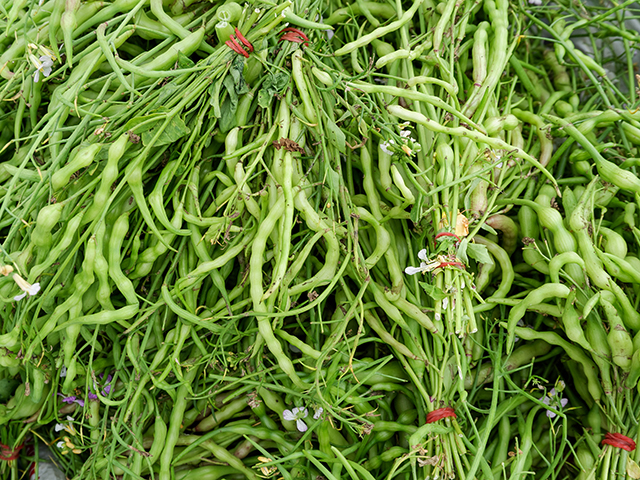DISGUSTING: Pathogens like salmonella can survive in cookies and crackers for half a year
12/27/2018 / By Michelle Simmons

Do you love cookies and crackers? You may want to reconsider eating these foods as they may actually contain pathogens. A study published in the Journal of Food Protection found that pathogens like salmonella survive in dry foods like cookies and crackers for at least half a year.
The study, carried out by researchers at the University of Georgia, aimed to determine how long harmful bacteria that cause foodborne diseases can survive in certain foods. For the study, the researchers used five various serotypes of salmonella that had been isolated from foods involved in previous foodborne outbreaks. The isolates were particularly from foods with very low moisture content.
The researchers put the salmonella into four types of fillings. For the cracker sandwiches, they used cheese and peanut butter fillings, while they used chocolate and vanilla fillings for the cookie sandwiches. These are typically the kind of cookies and crackers found in grocery stores or vending machines. After storing the cookie and cracker sandwiches, they assessed how long salmonella survived in each filling.
Results showed that while salmonella survived in all filling types, it survived longer in some types of the fillings than in others. Salmonella survived longer in the cookie sandwiches than in the cracker sandwiches. It survived the longest in cheese-filled crackers. Some cases also showed that the pathogen survived for a minimum of six months in the sandwiches. These results also suggest that salmonella cannot be killed with thorough baking and cleaning practices alone.
The findings of the study are important because the number of outbreaks from foodborne diseases linked to dry foods or low-water-activity foods, such as nuts, dry milk, and chocolate, continue to increase. The study increases awareness on what foods contain harmful bacteria and that they can survive for long periods of time in dry foods.
More on salmonella
In the U.S., salmonella is one of the most common causes of foodborne illness or food poisoning. The Center for Disease Control and Prevention (CDC) estimates that salmonella causes one million foodborne illnesses yearly. Listed below are some facts on salmonella:
Salmonella can be found in a variety of foods: In addition to dry foods, salmonella can be found in fresh and raw foods, such as beef, chicken, eggs, fruits, pork, sprouts, and vegetables. It can also be found in other processed foods, including nut butter, frozen pot pies, chicken nuggets, and stuffed chicken entrees. (Related: Salmonella has been contaminating millions of eggs every year for decades.)
Salmonella infection is common during summer: Salmonella thrives better in warmer temperatures and unrefrigerated foods. To avoid contamination, refrigerate or freeze perishable foods, prepared foods, and leftovers within two hours. If the temperature is 90 F or higher, chill them within an hour.
Salmonella can be serious and life-threatening: Salmonella infection may cause the following symptoms:
- Bloody stools
- Diarrhea lasting more than three days and is not improving
- Diarrhea and a fever over 101.5 F
- Prolonged vomiting that prevents you from keeping liquids down
- Signs of dehydration, such as producing very little urine, dry mouth and throat, and dizziness when standing up
Salmonella infection symptoms typically appear between six and 48 hours after eating a contaminated food, although it can take much longer. In most cases, people infected with salmonella recover within four to seven days. However, some people may have severe diarrhea and need to be hospitalized. Salmonella infection can affect anyone and can be serious. It can even be more dangerous for certain groups of people, including older adults, children younger than five years old, and people with immune systems weakened from medical conditions like cancer, diabetes, and liver or kidney disease.
Sources include:
Tagged Under: bacteria, cookies, crackers, dry foods, food contamination, food poisoning, food safety, food science, food supply, foodborne illness, pathogens, research, Salmonella, salmonella infection, salmonella outbreak, shelf life, weird science



















